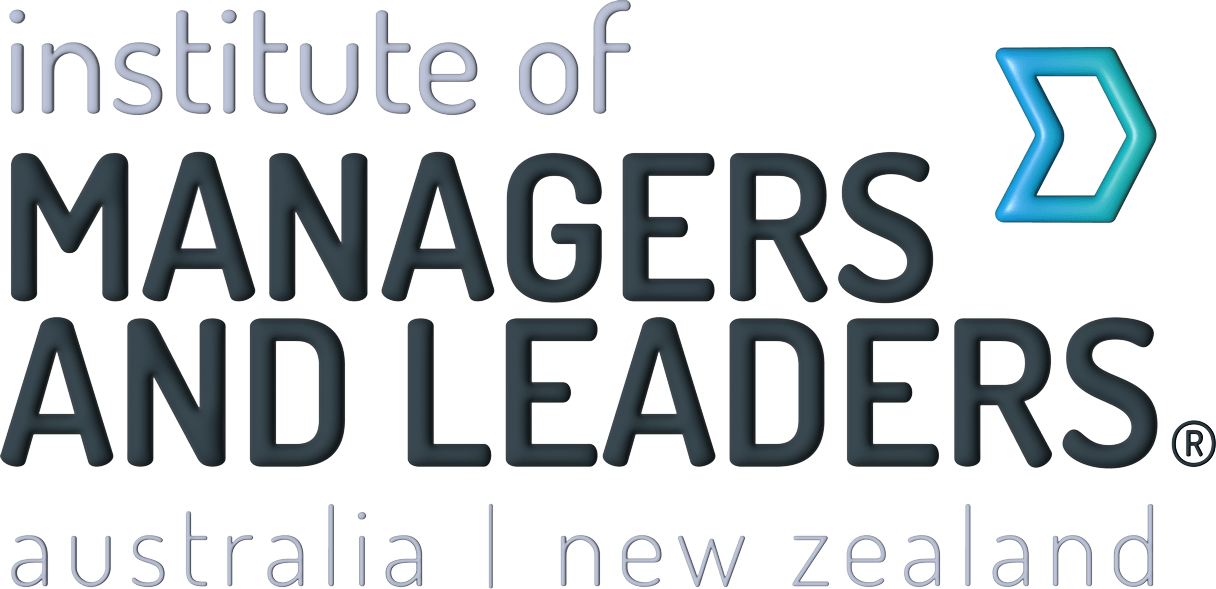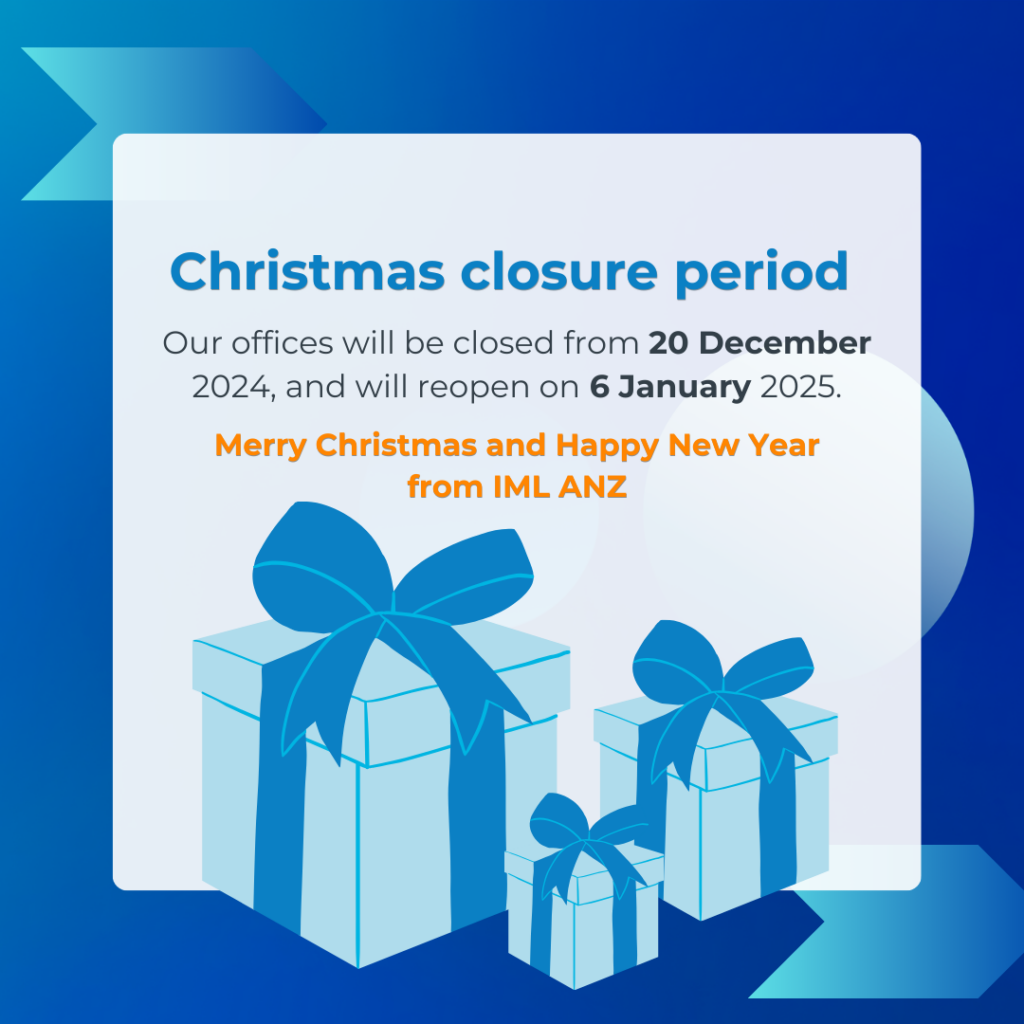By Sharon Ferrier, Director of Persuasive Presentation
In 1953 William L. Patty and Louise S. Johnson in their book “Personality and Adjustment” lamented about the youth of today and wrote about a quote attributed to Socrates
“The children now love luxury; they have bad manners, contempt for authority; they show disrespect for elders and love chatter in place of exercise. Children are now tyrants, not the servants of their households. They no longer rise when elders enter the room. They contradict their parents, chatter before company, gobble up dainties at the table, cross their legs, and tyrannize their teachers.”
Although a fabulous quote, it has now been debunked as a myth. But what is interesting, is that the youth they were referring to are the baby boomer leaders and managers of today.
Every generation sees the generation that follows them as less respectful, narcissistic and more easily distracted. And I have no doubt that in 20 years’ time Gen Y will be making the same complaints about Gen Z!
In 2009 Daniel Pink published his book Drive and introduced us to the idea of intrinsic motivation and the personal need for autonomy, mastery, and purpose. Dr Jason Fox, himself a millennial, expands on this idea in his book Game Changers and links motivation with gaming techniques: Goals, Rules and Feedback.
Fox explains that:
Goals – align with purpose and the inherent reward of the work.
Rules – calibrate challenge which contributes to mastery.
Feedback – enhances the simulation and keeps people working with autonomy.
So what can we do as managers and leaders? A manager recently lamented “If people would just do as their told life would be so much easier.” The reality is, is that the days of command and control are over and none of us like being told what to do. When we are told to do something without consultation, we react with our inner 10 year old that says “Yeah? Make me!”
We need another tactic. Pushy people cause resentment and if we’re passive nothing gets done. We do have a third alternative however, and that is persuasion.
Here are some ideas on how to apply it.
Align goals and vision
I have a friend Helen, whom I refer to as Midas Woman. Helen has the Midas touch with dysfunctional teams. She is flown around the country by her organisation and magically transforms low performing teams into exceptional teams that end up being the top performers in their field.
A few months ago I was determined to find out how Helen did it. After an excellent meal (and quite a bit of wine!) I cornered Helen and asked her how she did it. She replied with “I listen, ask about their dreams and goals and then tell them what they want to hear.”
What??!! Surely it cannot be that simple?
Helen went on to explain. “I focus on what gets them out of bed in the morning, why they chose to work in this industry and what they value in their work. I then align their values with the company values and smooth the path for them to succeed and enjoy their work. Sometimes values do not align and I highlight this and explain that they may never be happy working here and support them in finding a new position.”
If we accept the validity of intrinsic motivation, we need to make an effort to understand what our people want and need. Persuasion means ‘to win others over, not to defeat them.’ In order to do this, we need to link the organisational goals with the individual.
Rules and guidelines
According to McCrindle Research Millennials over their working life will have over 17 jobs and five different careers. Managers need to be ready to induct employees efficiently so they can be productive as fast as possible. Inductions programs need to focus on core skills and culture and then be supported by on the job coaching and mentoring. Millennials (Gen Y) are known for asking ‘Why?’ A strong company manifesto consisting of “This is who we are and this is what we do.” needs to be communicated constantly.
Feedback
When we think of feedback we automatically add a negative in front of it. And yet quality, meaningful feedback is essential for improvement and job satisfaction. We all like to be recognised and to see progress. MBWA (Management By Walking Around) still applies and when it comes to persuasive communication, there is nothing more effective than face to face.
Have fun
Generally, many baby boomers see work like a plate roast and three veg, where the meat and vegetables, like work and leisure, do not touch. Alternatively Millennials see work and play more like spaghetti bolognaise where everything is interconnected and interrelated.
I remember years ago visiting a fudge stall at the famous Quincy Market in Boston. The fudge was made fresh daily and as the staff were making it, they would break into song and encourage customers to sing along as well. It was fabulous and the queues went out the door. I was equally enamoured when I heard about the FISH philosophy which was founded in the Seattle fish markets.
Having fun and being effective are not mutually exclusive. Over the past decade we have seen a dramatic reduction in the formality of workplaces. Great teams are diverse and encourage inter-generational communication. We need to view both sides of the coin, to integrate the past but also view our organisation with the fresh eyes needed to prepare our company for the future.
About the author:
Sharon Ferrier is the Director of Persuasive Presentation. Sharon’s background is in sales and marketing and along the way has studied business administration, marketing, management, journalism as well as more eclectic skills including comedy, improvisation and the art of persuasion. As an award winning speaker and salesperson Sharon uses her skills to help people become persuasive and influential speakers.
 Sharon will be speaking at the Adelaide Masterclass on Engaging the work force – how leaders engage and inspire people to prepare for change on the 31st of October 2017.
Sharon will be speaking at the Adelaide Masterclass on Engaging the work force – how leaders engage and inspire people to prepare for change on the 31st of October 2017.

















